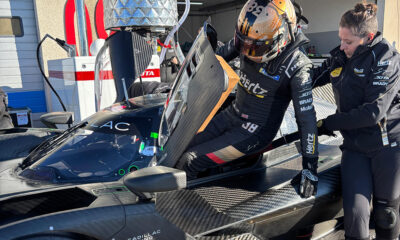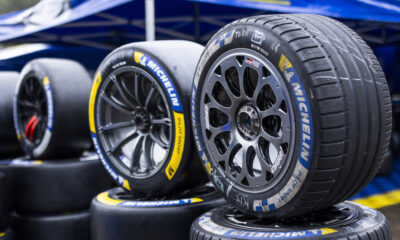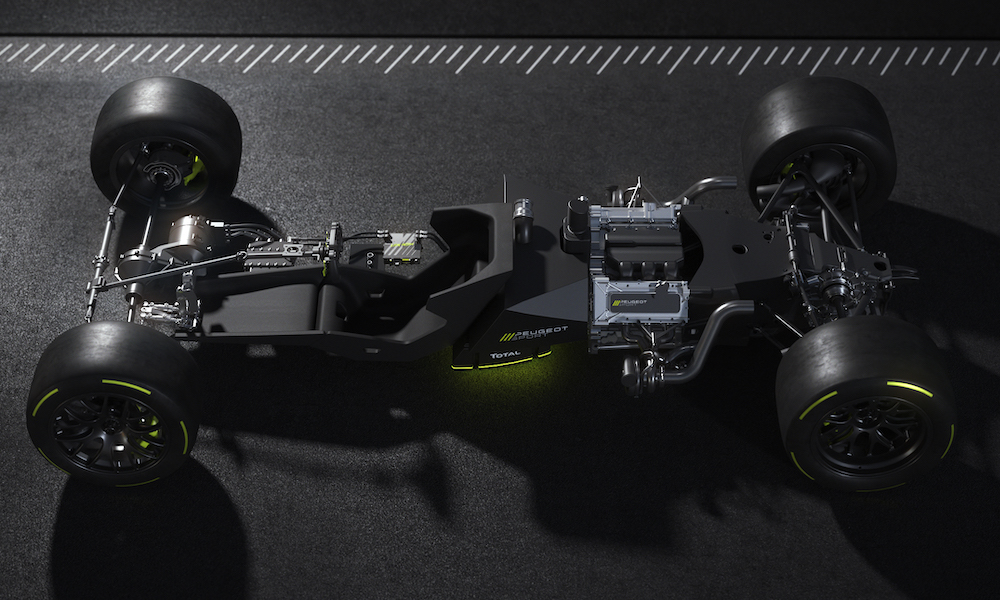
Image: Peugeot
Peugeot has revealed the key technical details of its in-development Le Mans Hypercar for the company’s return to sports car racing in the FIA World Endurance Championship.
The car, which is due to debut during the 2022 WEC season, will be powered by a 2.6-liter twin-turbo V6 petrol engine combined with a front-mounted 200 kW electric motor.
The ‘HYBRID4’ system has been jointly developed by Peugeot Sport, its main LMH program technical partner TOTAL, and Saft which is providing the 900-volt battery.
After utilizing V12 and V8 engines for its previous sports prototype – the non-hybrid 908 LMP1 line – Peugeot has introduced a smaller V6 for its entry into the new Hypercar class.
The manufacturer says the rear-positioned internal combustion engine powering the rear wheels has a maximum output of 500 kW (670 hp) and a weight of 165 kg.
The engine will be linked to a seven-speed sequential gearbox with shifts controlled by electronically-linked paddles on the steering wheel.
“The architecture of the Peugeot HYBRID4 500 kW powertrain is the result of a highly detailed brief shaped by the new WEC regulations,” said Peugeot Sport’s WEC program powertrain director Francois Coudrain.
“We initially considered a single turbo, but that would have prevented us from achieving our engine’s center of gravity target.
“A twin-turbo V6 block offers the best trade-off between technology, weight, packaging of the engine’s ancillaries, reliability and performance.”
Peugeot says that the LMH car’s 200 kW electric motor benefits “from the team’s experience of developing electric motors and management systems for production cars.”
Its 200 kW output is the maximum allowed under the LMH technical regulations.
The rules state that electric motors can only be activated once the car has reached 120 km/h on slick tires and at a point between 140 and 160 km/h on wet weather tires, or when traveling at under 120 km/h if the car is en route to the pits.
“The motor generator unit [MGU] will be equipped with a lightweight, high-efficiency single-speed transmission and a latest-generation inverter to transfer battery power to the motor,” said Coudrain.
“It will have the capacity to use all the energy available in the battery instantly thanks to the powertrain’s energy management system strategies.
“PSA Motorsport’s experience of the WRC and Formula E will contribute to the development of the software employed to manage the computer and energy systems [braking energy recovery, power under acceleration, anti-lag system, reduced fuel-consumption].”
The hybrid system is completed by a 900-volt battery developed by TOTAL subsidiary Saft Groupe S.A.
Peugeot says the battery, which is to be charged pre-race by a mains-connected plug-in before employing regenerative braking during use, will be located in a carbon casing situated behind the driver and underneath the fuel tank within the monocoque.
Whilst developed by Saft, the battery will be produced at a new workshop located in Peugeot Sport’s Versailles-Satory facility in France.
Peugeot’s V6 engine will account for the MGU’s activation by adjusting its output so the car doesn’t exceed the LMH category’s 500 kW power limit whilst running at full pace.
After being capped at 300 kW (403 hp) during MGU operation, the engine is designed to take over and revert to its larger 500 kW output when the battery is no longer charged.
The car will run with four-wheel-drive when the electric motor powering the front wheels is in use and switch back to rear-wheel-drive when electric power is deactivated.
A system of sensors will be used to monitor and transmit power levels at the wheels to ensure the car’s output complies with the WEC’s Balance of Performance measures.
“The main parameter will be to optimize how the energy stored in the battery is used,” said Saft chief technology officer Kamen Nechev.
“To achieve this, you need an extremely short charge-time combined with high-capacity storage cells to form a package that enables maximum power to be delivered as rapidly as possible.
“The most competitive solution resides in the management of charge optimization and the amount of power available in real-time.”
Peugeot expects the powertrain system to undergo benchmark testing in early 2021, ahead of the car’s track debut at the end of the year.
Toyota, which is entering the Hypercar class with an LMH car at the start of the 2021 season, has yet to announce its hybrid powertrain details but has started testing.
The Japanese manufacturer is revealing its successor to the 24 Hours of Le Mans-winning TS050 Hybrid LMP1 car on Jan. 11.
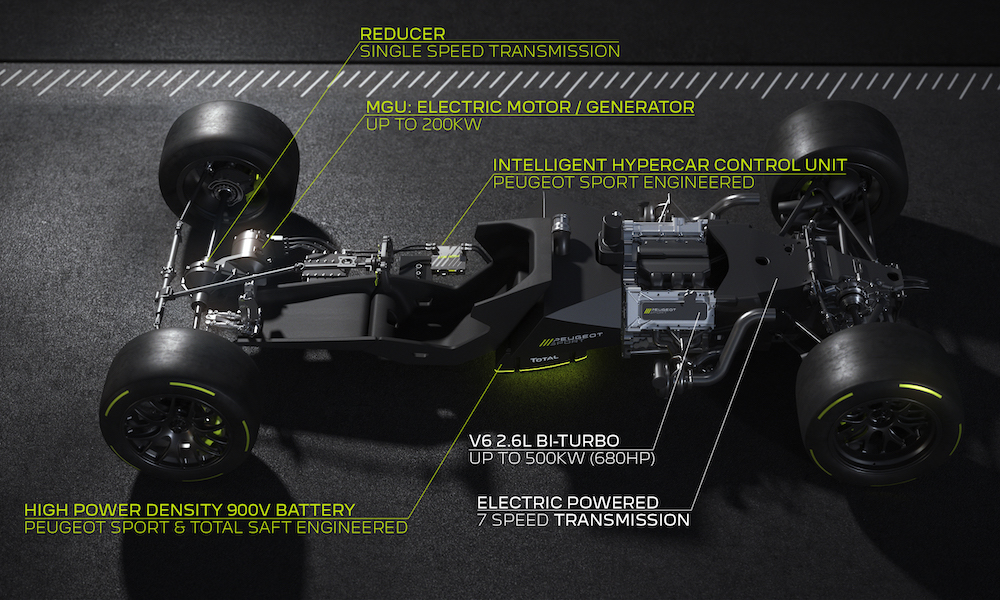
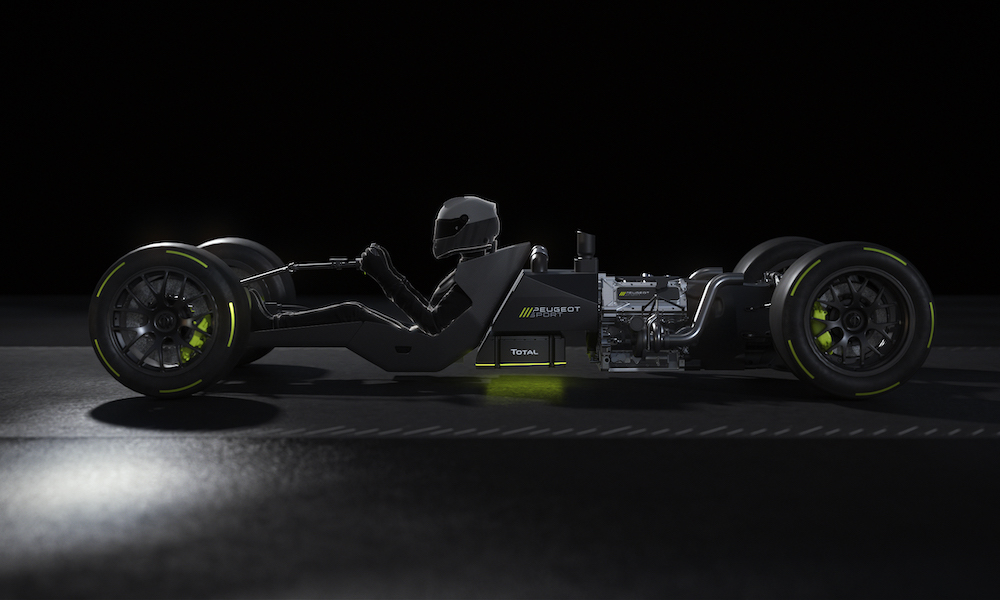
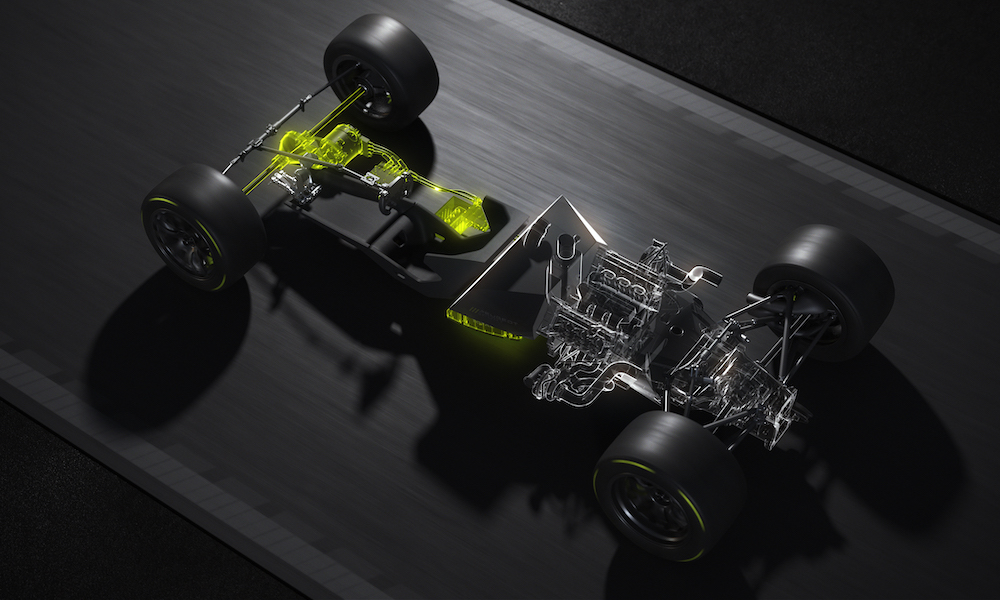
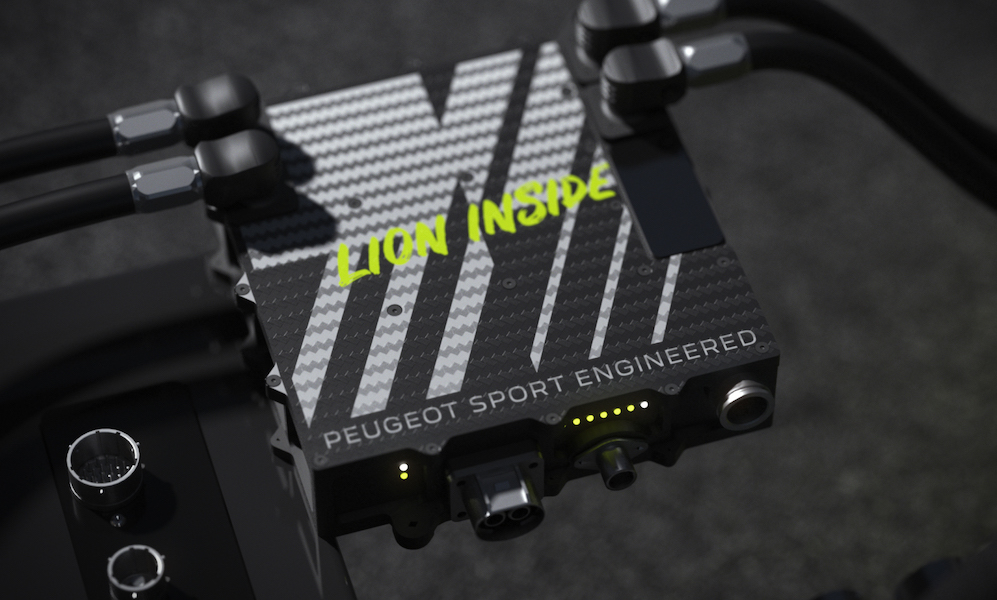
Images: Peugeot



















